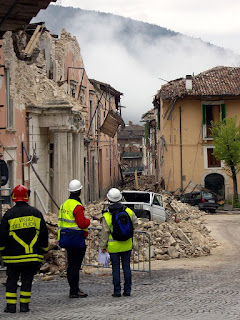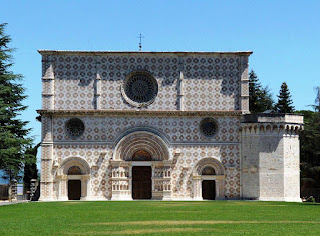Lorenzo the Magnificent - Renaissance ruler
Patron of the arts who sponsored Michelangelo and Botticelli
Lorenzo de’ Medici, the ruler of Florence usually known as Lorenzo the Magnificent, died on this day in 1492 in the Medici villa at Careggi, just to the north of the city. He was only 43 and is thought to have developed gangrene as a result of an inherited genetic condition. He had survived an assassination attempt 14 years earlier in what became known as the Pazzi Conspiracy, in which his brother, Giuliano, was killed. The grandson of Cosimo de’ Medici, Lorenzo was a strict ruler but history has judged him as a benevolent despot, whose reign coincided with a period of stability and peace in relations between the Italian states. He helped maintain the Peace of Lodi, a treaty agreed in 1454 between Milan, Naples and Florence which was signed by his grandfather. However, he is most remembered as an enthusiastic patron of Renaissance culture, providing support for poets, scholars and artists, notably Michelangelo and Botticelli. He contributed more than anyone to the flowering of Florentine genius during the second half of the 15th century. Read more…
__________________________________________________________
Federico Caprilli - equestrian pioneer
Study of horses revolutionised jumping techniques
Federico Caprilli, the Italian cavalry officer who revolutionised the way horse riders jump fences, was born on this day in 1868 in Livorno. One of four children born to Enrico Caprilli and his wife, Elvira, Federico was bent on an army career from an early age. He enrolled as a cadet at military college in Florence at 13 years old, subsequently transferring to Rome and then Modena. He had no riding experience at the start, and when he graduated with the rank of lieutenant, though an excellent gymnast and proficient fencer, his horsemanship was marked as ‘poor’. Nonetheless, he was assigned to the Royal Piedmont cavalry regiment, where his job, at a time when the introduction of weapons such as the Gatling Gun was negating any battlefield advantage a soldier had from being mounted, was to train horses for new combat roles, such as springing surprise attacks in difficult terrain. It was there that he observed the way horses jumped obstacles and concluded that conventional beliefs about the way a horse should be ridden over jumps were entirely wrong. Until Caprilli came along, it was accepted that the rider should use long stirrups and approach a fence leaning back in the saddle. Read more…
________________________________________________________
Gaetano Donizetti - operatic genius
The day the music died
A prolific composer of operas in the first half of the 19th century, Gaetano Donizetti died on this day in 1848 in Bergamo in Lombardy. Donizetti had returned to his native city after a brilliant international career to spend his last days in the Palazzo Scotti in the Città Alta, the upper town. By then seriously ill, he was looked after by friends in the gracious surroundings of the palazzo until his death. His tomb is in the Basilica di Santa Maria Maggiore, where it is marked by a white, marble monument. Donizetti has since become acknowledged as the greatest composer of lyrical opera of all time. He was a major influence on Verdi, Puccini and other composers who came after him. His best and most famous operas are considered to be Lucia di Lammermoor, Don Pasquale and L’elisir d’amore. In Via Sentierone in Bergamo’s lower town there is an elaborate white marble monument to the composer next to Teatro Donizetti, which was renamed in his honour in 1897 on the centenary of his birth. Donizetti’s casa natale (birthplace), is in Borgo Canale just outside the walls of the upper town. It has now been declared a national monument and is open free to visitors every weekend. Read more…
___________________________________________________________
Renzo De Felice - historian
Mussolini biographer whose views on fascism aroused anger
The controversial historian Renzo De Felice, best known for his 6,000-word four-volume biography of Benito Mussolini, was born on this day in 1929 in Rieti, the northernmost city in Lazio. Although De Felice was Jewish and his other major work described in detail the persecution of Jews in Italy under Mussolini’s rule, he sparked considerable anger by arguing that the postwar world view of Fascism should be revised to recognise that the ideology in itself was not inherently evil. De Felice contended that fascism as a political movement in Italy was not the same as Fascism as a regime, arguing that the former was a revolutionary middle-class ideology that had its roots in the progressive thinking of the Age of Enlightenment. He argued that the ideology was effectively hijacked by Mussolini to provide the superstructure for his dictatorship and personal ambition and that fascism itself, as distinct from Mussolini’s interpretation, was a valid political concept, not just something to be demonized and dismissed in simplistic terms. It was an argument that was respected by many intellectuals, even some who were staunchly anti-Fascist. Read more…



























